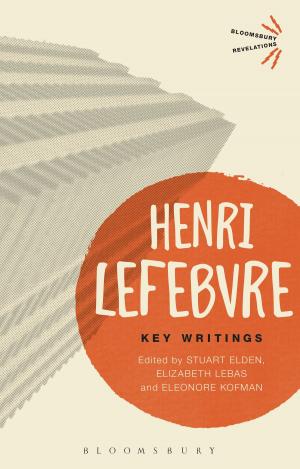Religious Objects in Museums
Private Lives and Public Duties
Nonfiction, Social & Cultural Studies, Social Science, Cultural Studies, Popular Culture, Anthropology, Art & Architecture, General Art| Author: | Crispin Paine | ISBN: | 9780857852991 |
| Publisher: | Bloomsbury Publishing | Publication: | August 29, 2013 |
| Imprint: | Bloomsbury Academic | Language: | English |
| Author: | Crispin Paine |
| ISBN: | 9780857852991 |
| Publisher: | Bloomsbury Publishing |
| Publication: | August 29, 2013 |
| Imprint: | Bloomsbury Academic |
| Language: | English |
In the past, museums often changed the meaning of icons or statues of deities from sacred to aesthetic, or used them to declare the superiority of Western society, or simply as cultural and historical evidence. The last generation has seen faith groups demanding to control 'their' objects, and curators recognising that objects can only be understood within their original religious context. In recent years there has been an explosion of interest in the role religion plays in museums, with major exhibitions highlighting the religious as well as the historical nature of objects.
Using examples from all over the world, Religious Objects in Museums is the first book to examine how religious objects are transformed when they enter the museum, and how they affect curators and visitors. It examines the full range of meanings that religious objects may bear - as scientific specimen, sacred icon, work of art, or historical record. Showing how objects may be used to argue a point, tell a story or promote a cause, may be worshipped, ignored, or seen as dangerous or unlucky, this highly accessible book is an essential introduction to the subject.
In the past, museums often changed the meaning of icons or statues of deities from sacred to aesthetic, or used them to declare the superiority of Western society, or simply as cultural and historical evidence. The last generation has seen faith groups demanding to control 'their' objects, and curators recognising that objects can only be understood within their original religious context. In recent years there has been an explosion of interest in the role religion plays in museums, with major exhibitions highlighting the religious as well as the historical nature of objects.
Using examples from all over the world, Religious Objects in Museums is the first book to examine how religious objects are transformed when they enter the museum, and how they affect curators and visitors. It examines the full range of meanings that religious objects may bear - as scientific specimen, sacred icon, work of art, or historical record. Showing how objects may be used to argue a point, tell a story or promote a cause, may be worshipped, ignored, or seen as dangerous or unlucky, this highly accessible book is an essential introduction to the subject.















